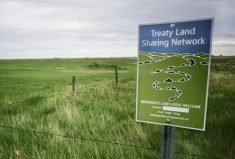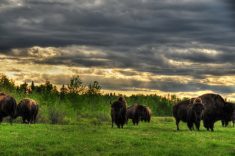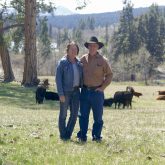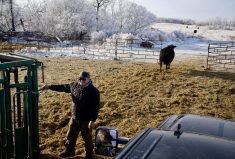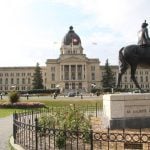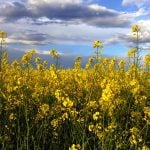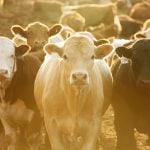In 2020, the government of British Columbia purchased a ranch that they then leased out to the Xatsūll First Nation, located over three hours north of Kamloops, as part of a treaty settlement.
The government said at the time that purchasing the ranch for the community was a step towards reconciliation.
Read Also
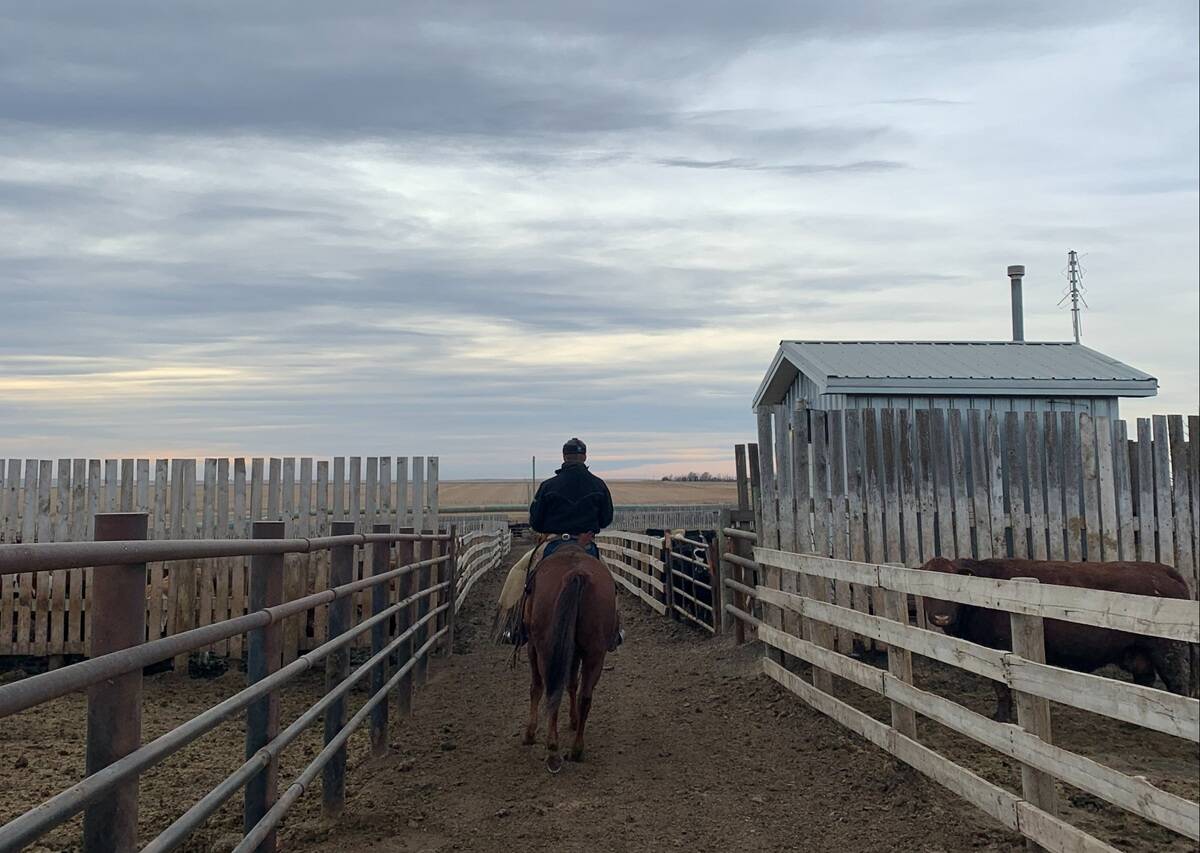
Pen riders still better than tech at detecting respiratory disease in feedlot cattle, says researcher
Recent research found that pen riders are better than tech at flagging signs of BRD in feedlot cattle
Now, a year later, the ranch is a thriving endeavour.
Unlike other parts of Western Canada, treaty negotiations didn’t take place in B.C. in the late 19th and early 20th centuries. First Nations and government officials created a task force to resolve land claims in 1990, and treaty negotiations followed. The purchase of the former Carpenter Mountain Ranch is part of a treaty settlement with Xatsūll First Nation that is years in the making.
Kevin Boone, general manager with the B.C. Cattlemen’s Association, says the Xatsūll ranch is beneficial to everyone involved. From day one, he says, their position was that if there’s a willing seller and a willing buyer, “and the bands are willing and wanting to expand into the ranching industry, this is a very good opportunity to help both sides.”
Boone thinks the ranch has been beneficial to the community. By having the employees of the previous owner stay on the ranch, he says it helps to share knowledge of how to ranch to the Indigenous community.
“It’s not book-smart or school-learned, it’s hands-on learning that makes ranchers successful,” Boone says.
“And I think that it’s going to be an ongoing process with them where it will really help to integrate the First Nations and the rest of us on a long-term basis. It’s a common ground that we can work on out there and bring them together.”
Cow boss Willie Twan has worked at the ranch since 2016. The ranch is mostly deeded property, about 3,890 acres, according to the government of British Columbia. About 1,200 acres are hay-producing. Twan says from September until December they rotationally graze the cattle, where they currently have over 500 head.
He says the changes made to the ranch since Xatsūll First Nation took over haven’t been significant, but are still there.
“Probably been more working towards efficiency,” Twan says, “because under the old program, we used to have more outside help sort of a deal. And now it’s been kind of two of us, three of us at the best of times. And so we moved a few fence lines, and maybe safety-wise also, creating it so select people can do the same work efficiently.”
Xatśūll First Nation Chief Sheri Sellars says the ranch has brought more income into the community, as well as food security.

“So far we’ve done a lot of food security events,” Sellars says. “Food security was paramount for us, especially during COVID.”
Sellars also says that having that land is important. “There’s so much range attached to this ranch…it’s just a different venture altogether.”
Sellars says they have plans to expand the ranch, although nothing is set in stone yet.
“So far, it’s been very lucrative for us in various ways financially, it’s paid for itself. The guys are holding up all administrations themselves, as well as the on-the-ground process to it. So we’re pretty happy with everything so far. We’d like to eventually expand a little farther. We just don’t know what that looks like.”
Boone says going forward, more Indigenous communities may do something similar. A few years ago, the B.C. government and four bands signed an agreement stating that each would end up with a working cattle or hay operation. Xatsūll was involved with this at the time, as well.
“There is, I believe, active work being done by government on meeting that commitment with the other three bands that are involved,” Boone says. “So this is, I would say, the first of maybe some of what we’re going to see for future treaty settlements. We’re hoping it does in a way, because it really doesn’t matter whether you’re First Nations or whether you’re somebody that’s been there for 100 years as a settler, it’s the ranching industry and the ranching that we need to encourage. And make sure that we have people utilizing that land that know how to steward the land and how to manage the land.”





